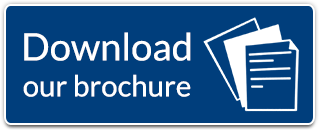|
Preparing for your Outbound Training Certification? Learn the essential steps to achieving certification in this comprehensive guide.
If you are looking to become an Outbound Training instructor, you will need to obtain certification. This guide provides an overview of the essential steps required for certification, including necessary training and assessments. Know the Requirements for Certification. Before beginning the process of obtaining Outbound Training certification, it is important to understand which requirements must be met. Generally, certified Outbound Trainers are required to have at least 60 hours of training in practice and instructional topics, such as group dynamics and leadership, motivating individuals, communication skills, adult learning principles and experiential program design. Additionally, applicants must pass a evaluation of the core skills prior to achieving certification. Understand Different Outbound Training Skills Outbound trainers are trained in core skills such as group dynamics and leadership, communication, motivating individuals, adult learning principles, communication skills and program design. Knowing what topics have to be studied ahead of time will make it easier to focus once the actual training begins. A training in basic outdoor skills and first aid is a mandatory skill to have as an outbound trainer. Additionally, understanding the different types of outbound training skills can help you assess whether or not this career path is right for you. Set Goals for learning the outbound training skills Before you begin looking for a course or certification program, set realistic goals based on your unique needs and the type of audiences you would work with. Outbound training also requires one to have a penchant for outdoors, nature and exposure to outdoor skills. Can you enthusiatically stand most part of the day faciltiating groups in outbound experience?. If not then you need to rethink about becoming a outbound training. Get Support from Community Becoming certified in outbound training can be a demanding endeavor, so don’t go it alone. Even after the certification work with peers and fellow course participants who you could partner with you on the skill building journey. This can create an invaluable knowledge-sharing and pratice ecosystem that can help you learn more quickly and effectively. Plan for developing comptence through practice and feedback Include observation and practice as part of your outbound certification process. Outbound Training is an application level training methodology and requires not only conceptual learning but a lot of practice with varied groups. A lot of learnt in the experience and realtime feedback so be open to seek feedback from both other peers and your participants. Check out the upcomming outbound training certificaiton at Outbound Training Certification
0 Comments
The Ultimate Guide on How to Plan an Outbound Training Program for your Team / Company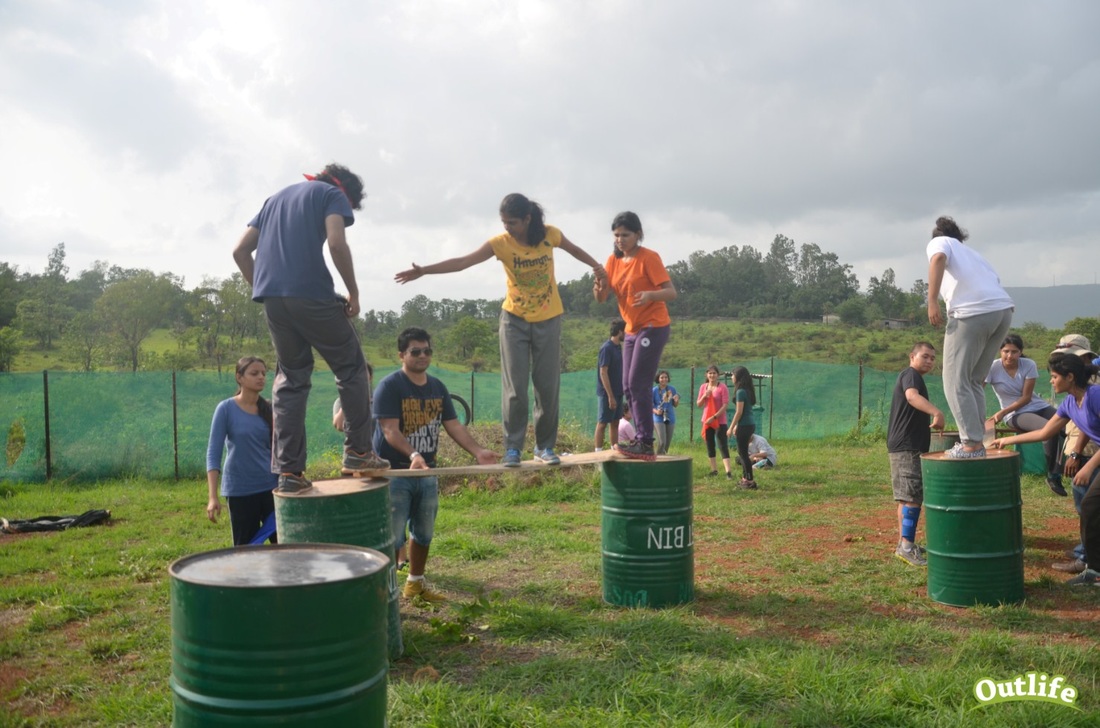
Outbound Training in India is known with lot of different names like Outbound Learning, Outdoor Learning. Adventure Based Learning, OBT Training. Corporate Adventure Offsite, Corporate Outdoor Training, Team Building program, Outdoor Management Development Training etc.
The essence of an Outbound Training Program is based on Experiential Learning methodology and the Experiential Learning Cycle that consists of various phases of learning from experience, reflection and transference of the learning to the workplace settings, by a trained and certified outbound facilitator who uses a method called questioning, debriefing or processing that is based on the experience and behaviors observed in the activity. Selecting the right outbound training program is crucial to ensuring that the desired learning outcomes are achieved. When evaluating potential programs, organizations should consider factors such as the program's alignment with their learning objectives, the expertise of the facilitators, the safety measures in place, and the post-program support offered. It's essential to assess the variety and depth of activities offered, ensuring that they cater to the diverse needs and preferences of participants. Moreover, a well-designed outbound training program should incorporate structured debriefing sessions that enable participants to reflect on their experiences, extract key learnings, and translate them into actionable insights. The facilitators' ability to guide these reflective discussions and connect the experiential activities to real-world scenarios is pivotal in maximizing the impact of the program. Organizations should also seek feedback from previous participants and assess the track record of the outbound training provider in delivering transformative learning experiences.
Here are 10 ways to make your outbound training effective, drive behavior change for better performance and give a return on training investment.
The following are some of the important steps in planning a safe and effective outbound training program for your company's Team 1. Identify Learning Needs and Outcomes for the Outbound
The first step in any training is to identify the need for conducting the outbound. The learning objectives need to be identified clearly with the expected outcomes. It is generally advisable to consult the various Business Heads, the participants and the business needs to come up with the learning needs.
Typically about 2 Learning objectives can be addressed in a day (6 hour) through an outbound training intervention. Avoid putting too many learning objectives and outcomes as the training focus may be diluted. Keep sufficient time for reflection and debrief that can include individuals working with a reflective workbook, group discussion and facilitator debrief. 2. Identify Location for the Outbound
Outbound Training needs an environment that is safe for learning and gives a sense of belonging to the participants. Ideal locations would be green and serene environments that has a therapeutic effect like nature based camps and those that bring the participants out of the comfort zones.
Outbound Training is also extensively done at places like resorts and in banquet halls. The environment can have a major effect on the experience and learning of the participants. Some Learning partners will have their own campsites with all facilities for Outbound Training Interventions. Other important aspects of selecting a outbound location would be a) Distance and Time to reach b) Cost and Budget c) Facilities and Amenities available - A major one is space with shade and sitting areas for debrief. d) Food Quality, Hygiene and Cleanliness 3. Selecting your Outbound Learning Partner
Selecting your Outbound learning partner can be the determining factor on the impact of the program. Training Companies that specifically focus on experiential education tend to be better at design and delivery of the programs that can meet client expectations.
The Outbound Training partner should be able to understand the learning needs and outcomes, Industry segment, and business needs. They should design the program keeping in focus the learning objectives and the outcomes. Should be capable of coaching, mentoring and evaluating to measure the impact after the program. 4. Selecting the Outbound Facilitator
The outbound facilitator is the person who will deliver the program. Its important for the facilitator to be an expert in experiential education and have the relevant experience delivering outbound and Adventure training programs.
The facilitator should also be involved in understanding the learning objective and outcomes of the program. Ask the learning partner on who will facilitate the program and get in touch with the facilitator much in advance to discuss the objectives, outcomes and flow of the training agenda. Apart from the Facilitator the support staff and adventure staff are important components of an outbound facilitation team. make sure there are experienced and qualified support and adventure staff that accompany the facilitator. The facilitator to participant ratio is utmost important, while recreation programs can have 1 facilitator to 40-50 participants, educational programs on behaviour competency should not exceed 1 facilitator to 20-25 participants and Leadership Development programs may have 1 facilitator to 10-15 participant ratio. Learn more on how to become an outbound trainer Lean more on Outbound Training Certification 5. Preparing the Outbound Training Agenda
An agenda that captures the learning objectives, desired outcomes along with the session flow is important part of the outbound training design. The training agenda has to detail the time sequencing along with the objective and outcomes of each outbound activity. The activities has to be suited to the age, gender and physical abilities of the participants. special care has to be taken to include diverse and specially abled participants.
Having a plan is a great way of ensuring that the training sticks to the learning objectives however its equally important to keep space for emergent learning that cannot be planned. A good outbound program balances a planned and emergent approach to learning. 6. Preparing the Participants
The success of the outbound program will also depend on the involvement and participation of the employees as Outbound learning programs require the participants to get involved, share experiences and make the program participatory. Make sure to inform the participants to set the expectations on the nature of the program and guidelines to prepare for a better outcome.
7. Safety and First Aid
The Nature of Outbound Activities involves movement and high energy. Its important to plan for safety and this involves the following.
a) Safety that includes not just physical safety but also an emphasis on creating a safe learning environment with emotional, psychological and social safety for all the participants. a.1) Safety instructions to the participants that details what to wear, what to bring, what to expect, what to do and what not to do. The least participants want are surprises and coming in a dress code that restricts movement. Its important to collect information on any medical or special care needs of the participants. b) Recce the place and preparing the space by removing any obstacles that can come in the way. c) Putting up sign boards for areas that are out of access. Putting indicators of the training area. d) All equipment being used should be clean and disinfected before used. Any Adventure Equipment must be from reputed brands that have accredit ion with UIAA certification. e) The Facilitator and Staff should be trained in basic first aid and emergency handling. f) A comprehensive First Aid kit, cold pads, along with a certified first aider, stretcher has to be kept ready. g) An emergency vehicle to take care of any injury or need of a medical checkup or intervention has to be on standby h) Handy List of close by doctors and hospitals to be prepared in case of emergency. 8. Measure effectiveness
Set up realistic expectations from the start and establish behavior competencies and performance metrics to measure the outcome of the program. The learning partner should be able to help you quantify the metrics and report back with detailed feedback and analysis.
The kirkpatrick model of training evaluation can be used to measure outbound training effectiveness. This includes the level 1 of Reactionary feedback that is taken from the participants on the day of the event. The Level 2 of learning both on the day of the event and within a months time after the event. The third and the most important aspect would be behavior change at the workplace, these can be done within 3-6 months time with a 1-1 survey, supervisor rating and 360 feedback. A good idea is to measure the metrics both before and after the program, this will help to not only measure the impact but also the progress with actual performance at the workplace. 9. Followup and Regular training
Outbound Training is not a one time quick fix and the participants may need followup, further mentoring or coaching with regular assessment and intervals of training for the behavioral changes.
Its a good idea to measure effectiveness and performance and regularly conduct outbound training over a period of time to see the impact on behavioral change and performance at work. 10. Finally Remember
The budgets spent on outbound will be higher than a classroom training sessions and so is the overall impact. Sometimes companies tend to spend huge amount on the resort facility and a paltry sum on the training by hiring a emcee or team building jockey to deliver the program, making the program ineffective.
So decide whether you want to do a fun based recreational program or a outbound Training based development program and balance between the needs and outcomes.
Learn More
Outbound Training Programs Outbound Training Interventions Outbound Training Certification
Contact Us
|
Archives
July 2024
Categories
All
|
- Home
-
Corporate
-
Team Building
>
- Team Building Activities
- Corporate Team Bonding
- Fun Team Outing
- Quotes on Teamwork
- In office Team Building Activities
- 5C Key Elements for Team Building
- Special Team Building >
- Virtual Team Building
- Top 10 Team Building Activities
- Team Building Bangalore
- Team Building Hyderabad
- Team Building Interventions
- Outbound Training >
- Leadership Programs >
- Team Outing >
- Employee Engagement >
- Behavioral Skills >
- Team Development >
- Corporate Adventure >
-
Team Building
>
- Schools
- Individuals
- Clients
- Gallery
- About us
- Articles
- Blog
- Experiential Leadership Training
- Strategic Leadership Training
- Home
-
Corporate
-
Team Building
>
- Team Building Activities
- Corporate Team Bonding
- Fun Team Outing
- Quotes on Teamwork
- In office Team Building Activities
- 5C Key Elements for Team Building
- Special Team Building >
- Virtual Team Building
- Top 10 Team Building Activities
- Team Building Bangalore
- Team Building Hyderabad
- Team Building Interventions
- Outbound Training >
- Leadership Programs >
- Team Outing >
- Employee Engagement >
- Behavioral Skills >
- Team Development >
- Corporate Adventure >
-
Team Building
>
- Schools
- Individuals
- Clients
- Gallery
- About us
- Articles
- Blog
- Experiential Leadership Training
- Strategic Leadership Training
Our Programs
OUR TRAINING DELIVERY LOCATIONS:
Ahmedabad, Bangalore, Chennai, Kolkata, Delhi, Goa, Hyderabad, Mumbai, Pune, Vizag - India
Ahmedabad, Bangalore, Chennai, Kolkata, Delhi, Goa, Hyderabad, Mumbai, Pune, Vizag - India

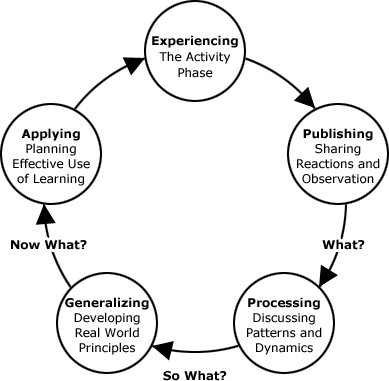
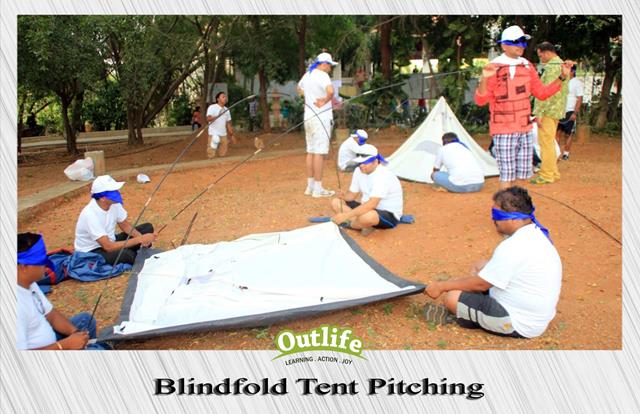
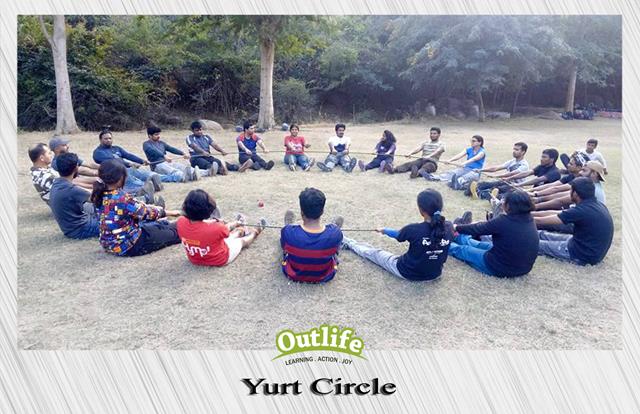
 RSS Feed
RSS Feed
